Brazil
After my lack of a Brazilian visa led to an unplanned detour to the delightful island of Madeira, I finally arrived in Rio de Janeiro. That was two weeks ago. It feels like two months ago. Travel has a way of doing that to one’s perception of time.
Allow me to explain a simple trick by which you can slow down the passage of time. The secret is simple: Pack as many unforgettable memories into your days as you can. If you do it right, two weeks can feel like two months. Although you may not actually live longer, you’ll feel as though you did. At this rate, I’m going to live to be 300.

On arrival in Rio, I checked into a nifty AirBnB apartment in the perfect location: Two blocks from Cococabana, three blocks from Ipanema and four blocks from a metro station. It was a trendy and sociable neighborhood, busy with shops in the daytime and cafés in the evenings.
I quickly realized that while the rest of the world is working too hard, Brazilians − particularly the ones who live in Rio − don’t seem to be very stressed out. Given the choice of going to work or going to the beach on a Monday morning, it seemed to me that lots of folks make the obvious choice: Go to the beach. And wow, does Rio have beaches!
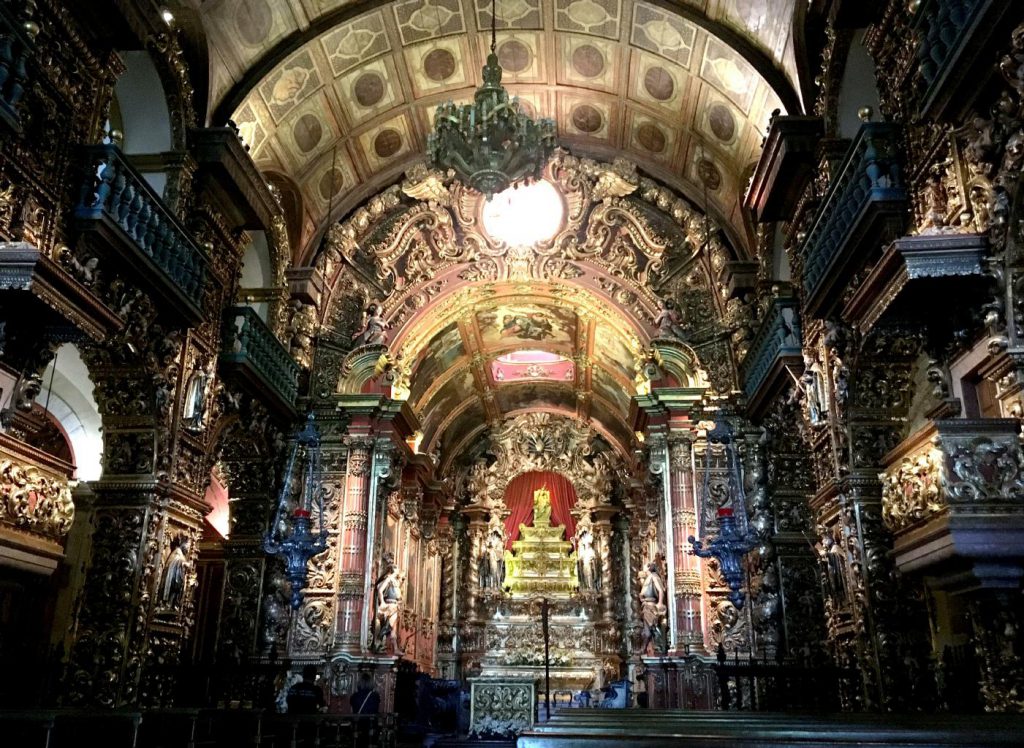
Rio is a beautiful city with many grand churches and government buildings left over from the colonial days, intermingled with modern structures of glass and steel.

Better than the buildings is Rio’s stunning setting. Rio has many bornhardts rising up out of the city, such as Sugarloaf and Corcovado (on which stands the 30-meter tall statue of Christ the Redeemer). I used to think that Capetown, South Africa, had the most dramatic and beautiful setting of the world’s major cities. I’ve changed my vote to Rio.
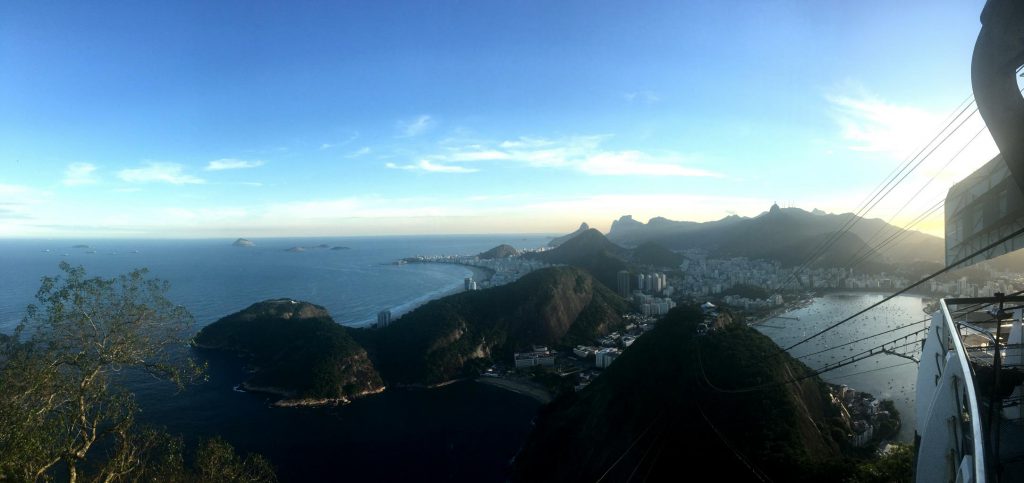
For years, I’ve dreamed of taking the cable car to the top of Sugarloaf to see the view at sunset. Now that I’ve done it, I might do it again sometime. It’s worth doing twice.
Big cities are rich centers of commerce and culture. As cities go, Rio is beautiful and exciting. But Rio is just a city. Cities are fun to visit, but I wouldn’t want to live in one.
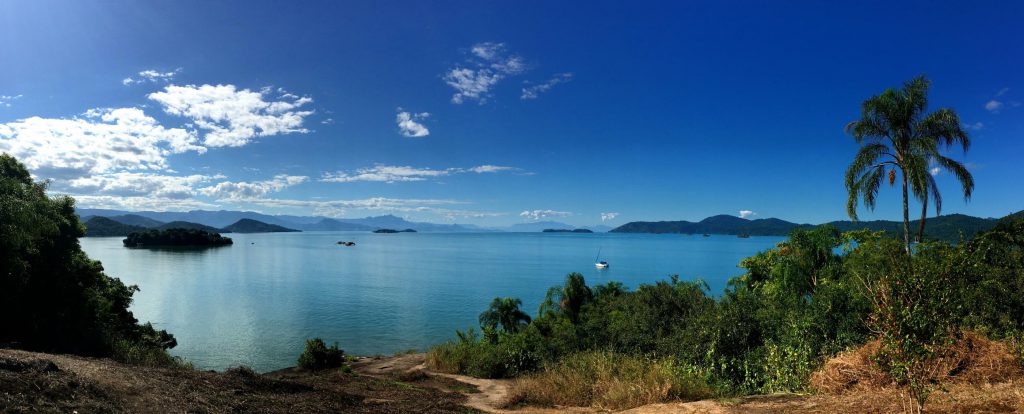
So, after four fun days in Rio, I headed down the coast by bus. I rode for two days looking out the window at bays, beaches and islands. I hadn’t realized that Brazil’s south coast was so pretty, and relatively unpopulated. If I’d seen a 12-meter catamaran for rent, I would’ve rented it. For now, I’ll make a mental note that this is someplace I’d like to cruise some day.
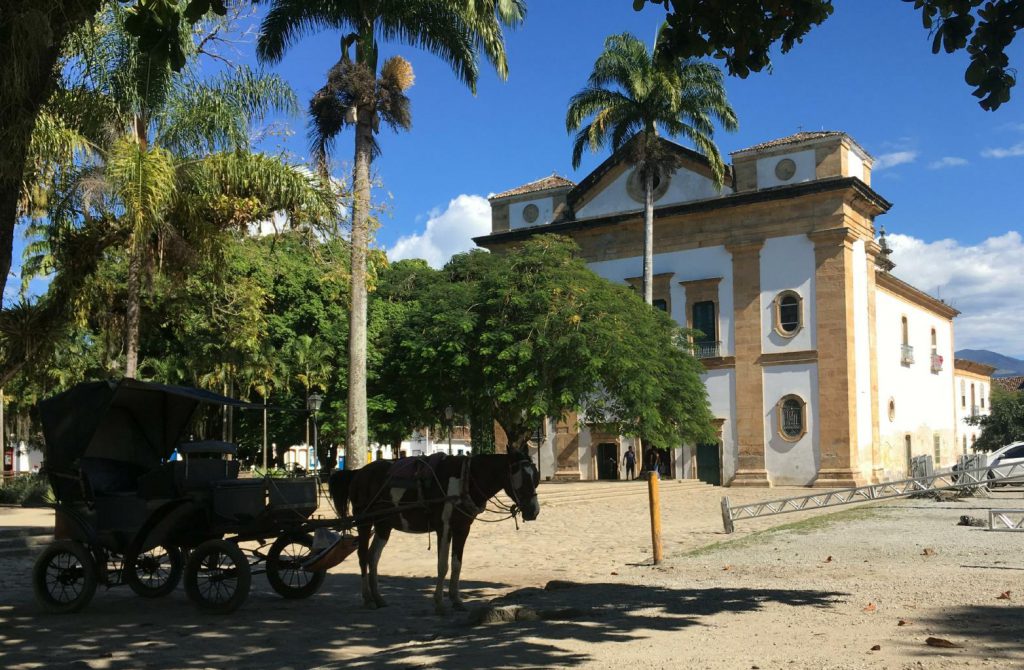
Halfway between Rio and Sao Paulo, I stopped off at the town of Paraty.
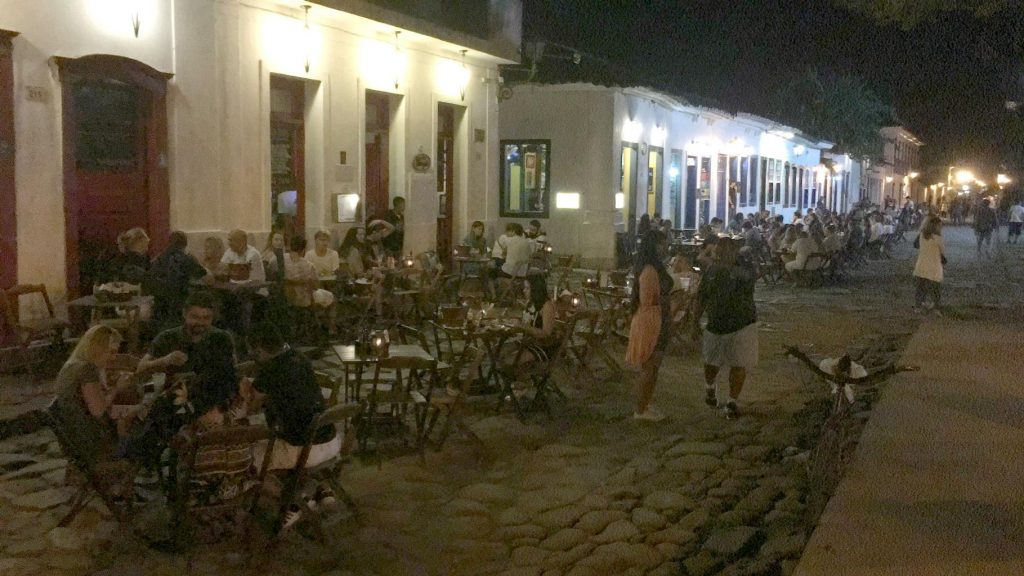
Paraty was the port from which a lot of Brazil’s gold was shipped back to Europe in the 16th century. After the gold ran out about 400 years ago, not much has changed in this town. The cobblestone streets are still the same cobblestones. I liked this pretty little town by the sea and all its old charm.
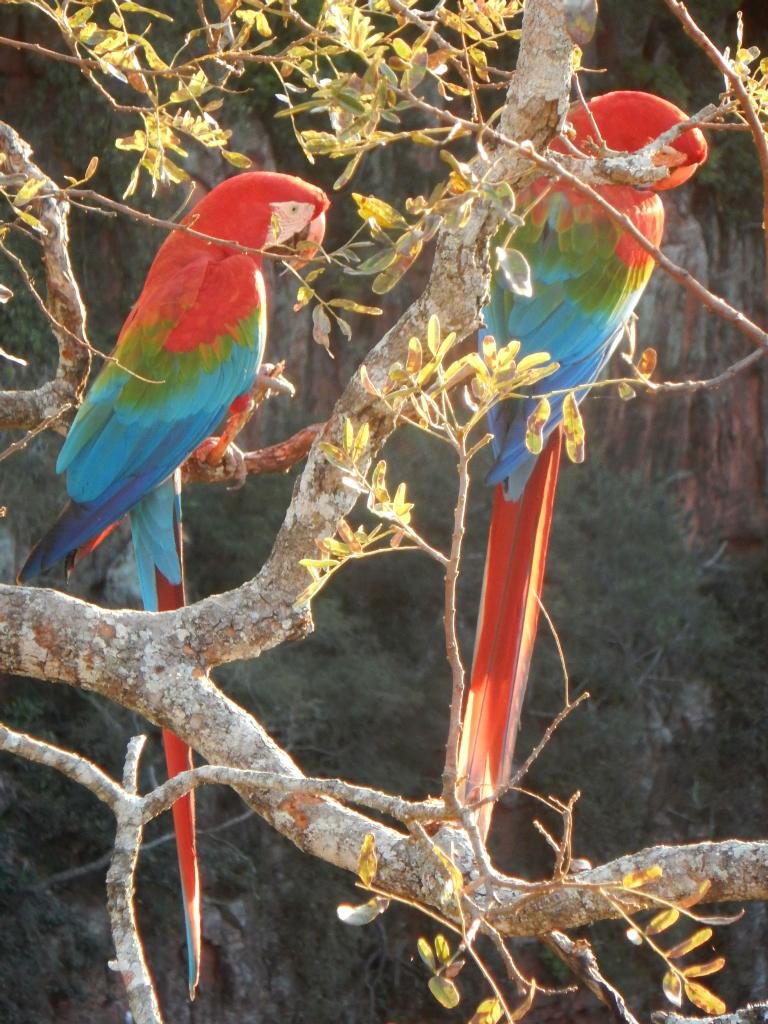
Avoiding big cities, my next stop was the outpost of Bonito, near Brazil’s border with Paraguay and Bolivia. I came here because my guidebook described Bonito as “the ecotourism model for Brazil” and mentioned that there are some fabulous caves here.
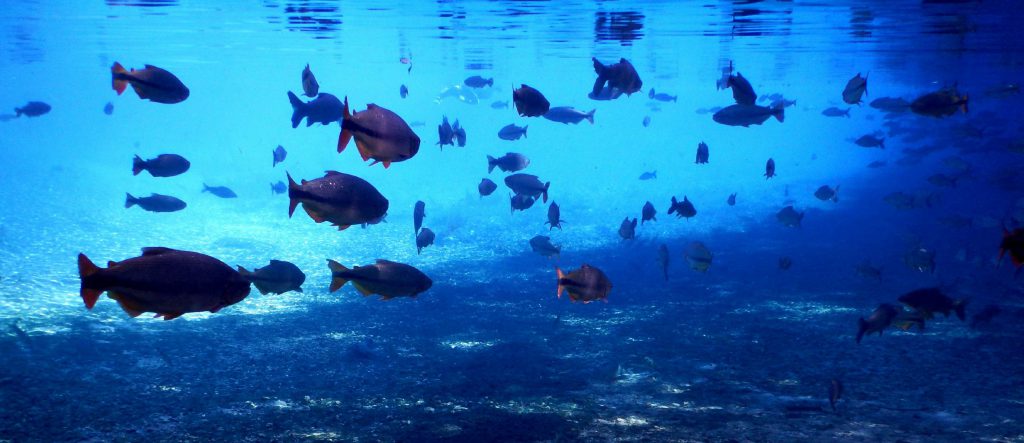
In and around Bonito are many nature parks that take sustainable tourism seriously. The wildlife reserves, the rivers and the caves are protected through strict visitor quotas. To see scarlet macaws nesting, to snorkel in spring-fed streams full of fish, or to rappel into a sinkhole with scuba gear requires advance booking and a trained guide Thanks to careful management of these sites, the birds are unafraid of humans and will perch on nearby branches. The streams are as clean and clear as they were 1000 years ago. The caves are undamaged and unpolluted.
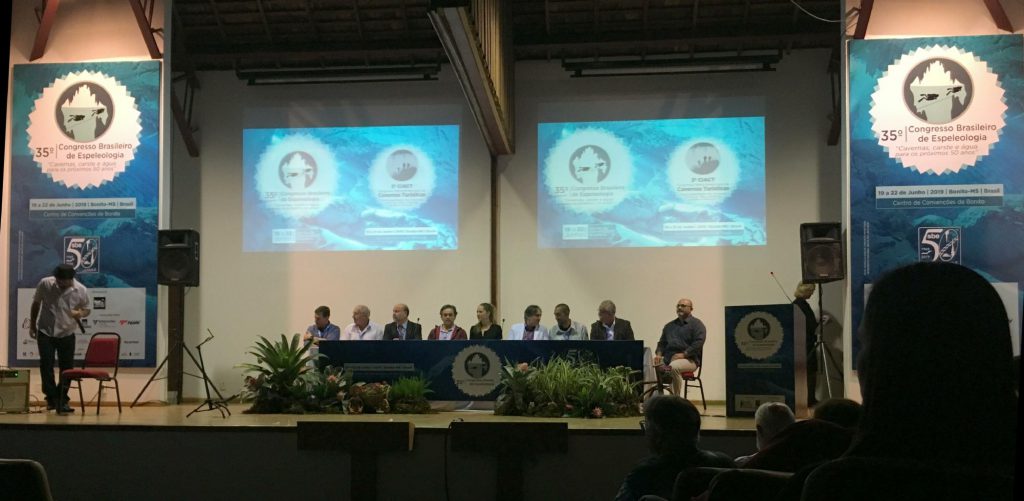
By accident, I happened to be in Bonito for the biennial meeting of the International Cave Tourism Agency and Brazil’s Speleological Society. This 3-day conference was being held in Bonito for the first time. Speleologists came from all over the world, including Slovenia, the birthplace of cave tourism. Not only did I get to attend fascinating talks about cave history, geology, wildlife, research and preservation, I also went caving with scientists who spend a large part of their lives underground.
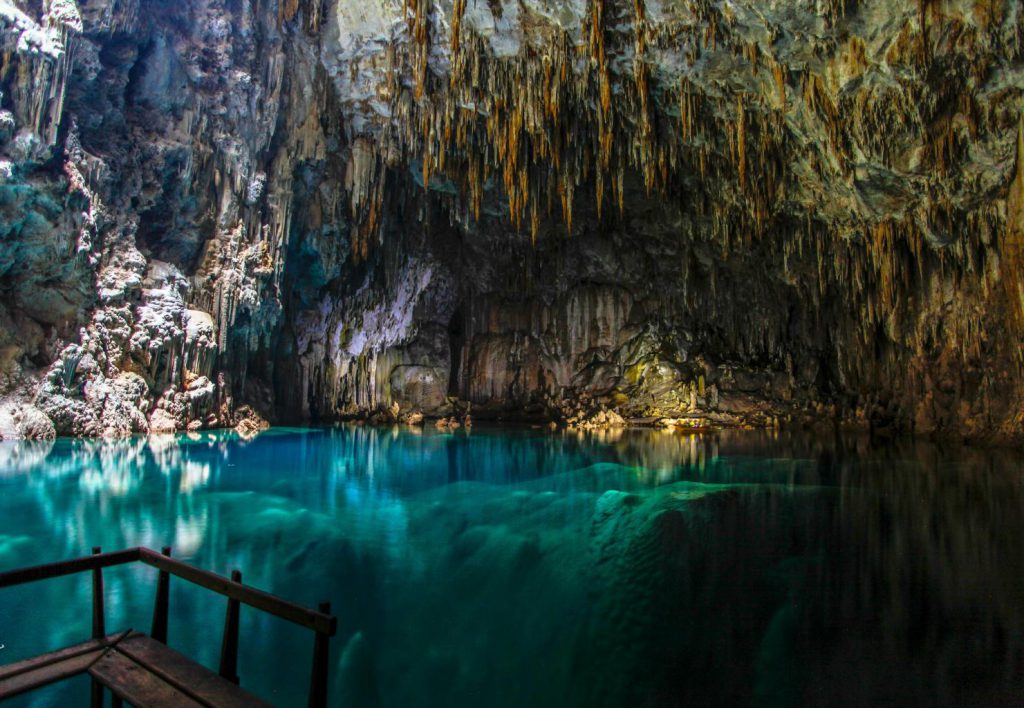
Here’s one of the unforgettable things I did in Bonito that made time slow way down:
Outside of Bonito is the Anhumas Abyss, a deep cave with a lake at the bottom of it. Descending to the lake, I rappelled down 70 meters. The cavern walls are covered with sparkling stalactites and stalagmites, curtains of flowstone, and cascades of travertine. Under water, rising up to the surface, are calcite cones, some of which are 40 meters tall.
At the lake’s surface, I donned a wetsuit. (The water was cold!) I then spent 50 minutes gliding through eerie darkness and otherworldly cave formations.
To return to the surface, I had to climb up 70 meters of rope. Fortunately, I had the option to be pulled up so that I didn’t have to prusik all the way back up.
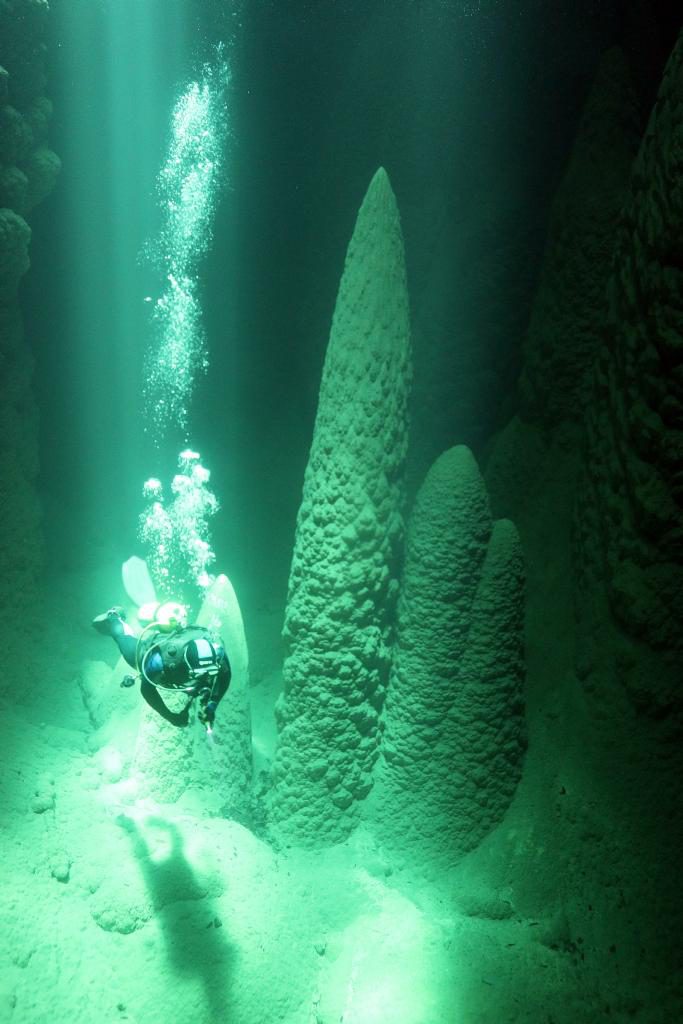
Only 20 visitors are allowed into this cave per day. Kudos to Bonito for preserving sites like this, while making them accessible to the public.
My last stop in Brazil was to world-famous Iguazu Falls. This waterfall gets almost 2 million visitors per year. This ain’t Bonito, but it was worth seeing. It is as impressive as Victoria Falls in Africa.

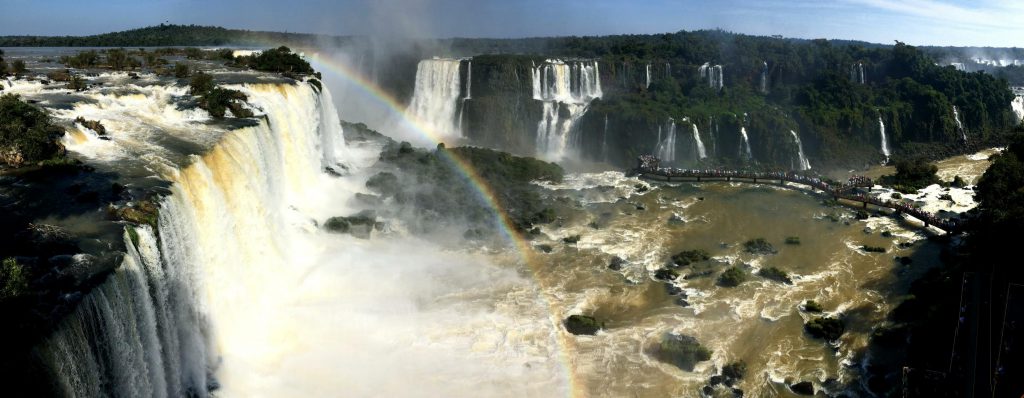
In visiting Brazil, I was struck by one thing that seemed odd to me: Few Brazilians speak English. My guess as to why there’s not much English spoken here is because, compared to its population of 210 million, Brazil gets relatively few foreign tourists … which is a good thing in my opinion. I met more Spanish speakers than English speakers. I was often asked “Hablas Castilliano?” Since I don’t speak Portuguese, I got by with Spanish.
It turns out that June is an excellent time of year to visit Brazil. This is their cool, dry season. Cool is a relative term, of course. In Brazil, cool means daytime highs of 80°F (27°C) and nighttime lows of 65°F (18°C). June is also the “low” season for tourism, so prices for lodging and transportation were reduced. I never had to book anything in advance.
In two weeks, I’ve seen a very small part of this huge country. I’ll have to come back someday to see the Amazon and the northern parts of Brazil. From Iguazu Falls, I’ll fly south to Montevideo in Uruguay.

great photos. makes me want to leave Iraq!
This is all wonderful!